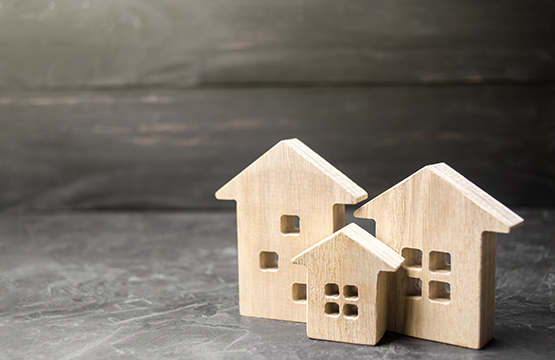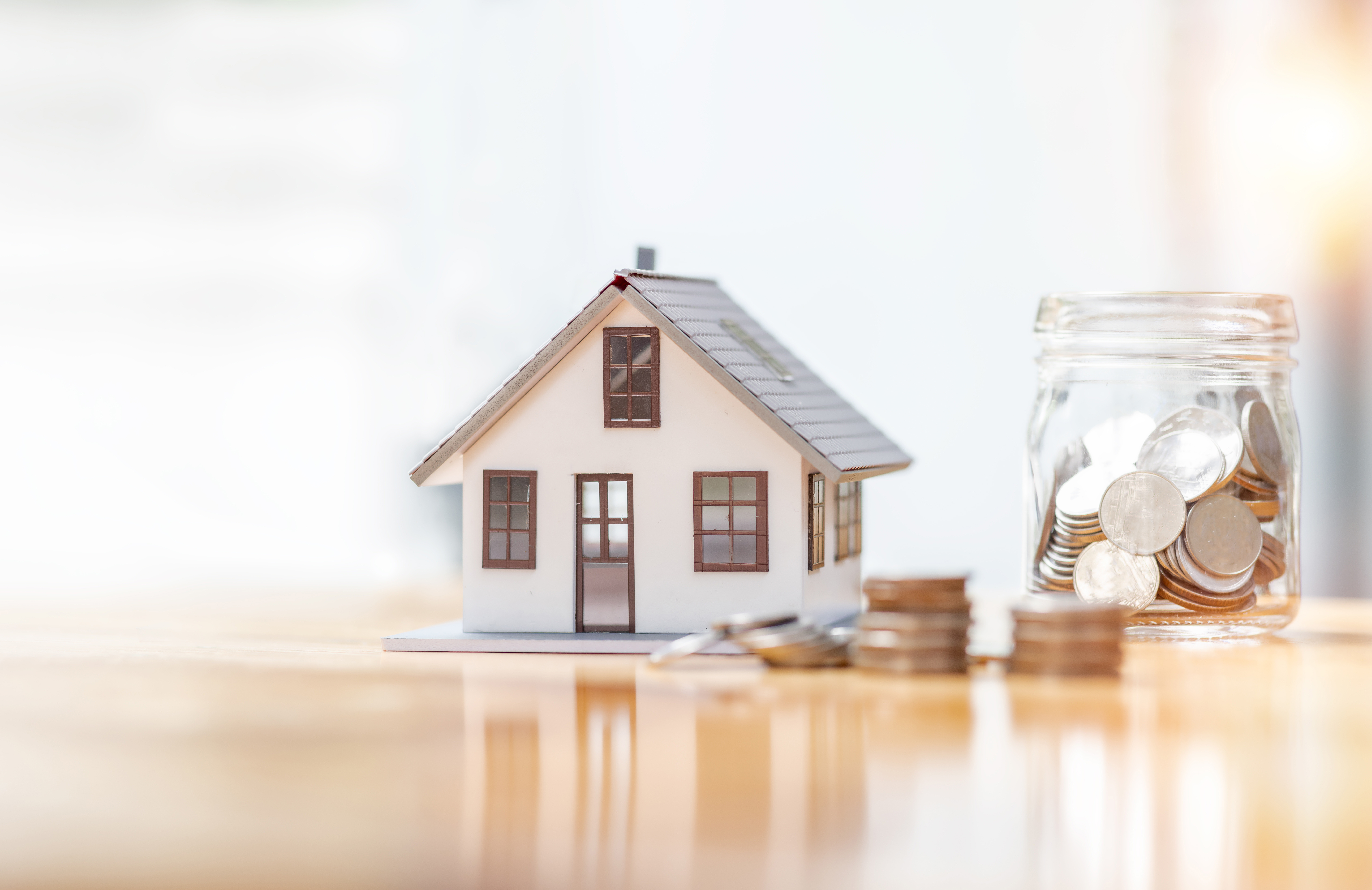FHSA
First Home Savings Account (FHSA)
The First Home Savings Account (FHSA) is a registered plan designed to help individuals save for the purchase of their home on a tax-free basis.
How The Account Works
An FHSA is a type of registered plan that allows you to save up to $40,000 for your first home purchase, tax free. Since you don't pay any taxes on the investment, your money will grow faster, allowing you to make your first home purchase sooner. An FHSA has the benefits of an RRSP and TFSA, all rolled into one! First time home buyers can contribute tax-free for a maximum of 15 years. Contributions of a maximum of $8,000 can be made annually, to a lifetime maximum of $40,000. If the full $8,000 contribution is not made in a single year, the unused portion can be carried forward and added to next year's contribution.
More information regarding the First Home Savings Account can be found on the Government of Canada's website.
Who is eligible for an FHSA?
To be eligible, an individual must be:
- At least 18 years of age (must be majority for province of residence)
- A resident of Canada with a valid SIN
- A first-time home buyer. To be considered a first-time home buyer, the individual must not have lived in a home they owned, or that was owned by their spouse or common-law partner, during the year of FHSA opening or at any time in the preceding four calendar years.
Ready to start saving for your dream home?
FAQ's Regarding FHSA's
Yes, you can open more than one FHSA, but the total amount you can contribute to all of your FHSA's cannot be more than your FHSA contribution room for the year.
Yes, you can carry forward your unused FHSA contributions at the end of the year, up to a maximum of $8,000, to use in the following year. This amount is referred to as your FHSA carryforward. Any FHSA carryforward will be included in the calculation of your FHSA contribution room for one year.
Yes, you can transfer funds from your RRSP to your FHSA, tax free, as long as it's a direct transfer and does not exceed your unused FHSA contribution room at the time of transfer.
If you make a qualifying tax-free withdrawal, no taxes will be deducted from the amount. If you make a withdrawal from your FHSA for any other purpose than buying your first time home, your withdrawal will be subject to taxes. In addition, your FHSA contribution room will not be re-instated.
What is a qualifying withdrawal?
A qualifying withdrawal is a withdrawal from your FHSA where all of the following conditions are met:
- You are a first time home buyer.
- You have acquired the qualifying home more than 30 days before making the withdrawl.
- You occupy or intend to occupy the qualifying home as your principal place of residence within one year after buying or building it.
- You are a resident of Canada from the time you make your first qualifying withdrawl from one of your FHSA's until the earlier of the acquisition of the qualifying home, or the date of your death.
- You must have a written agreement to buy or build a qualifying home with the acquisition or construction completion date of the qualifying home before October 1st of the year following the date of the withdrawl.
- You must fill out an RC725 Request to Make a Qualifying Withdrawal from your FHSA. The form is available from your investment advisor.
What is the definition of a first time home buyer?
For the purposes of making a qualifying withdrawal, you are considered a first time home buyer if you did not, at any time in the current calendar year before the withdrawal (except the 30 days immediately before the withdrawal) or at any time in the preceding four calendar years, live in a qualifying home (or what would be a qualifying home if located in Canada) as your principal place of residence that you owned or jointly owned.
All funds in your FHSA must be used by December 31 of the 15th year after opening your first FHSA account, or the year you turn 71, whichever comes first. The unused funds can be transferred, tax-free, to your RRSP or RRIF. The transfer will not affect your RRSP contribution room. If the funds are withdrawn for other purposes, they will be subject to tax.
Any remaining, unused funds can be transferred to your RRSP, tax free, on or before December 31st of the year following the initial withdrawl. Any remaining, unused funds can be withdrawn for other purposes, but they will be subject to tax.
No, you can only make contributions to your own FHSA. Your spouse must make contributions to their own FHSA account.
Yes, you can make withdrawls from both your Home Buyer's Plan and your FHSA to purchase your first home. With the Home Buyer's Plan, funds to make a down-payment on a home must be paid back to your RRSP within 15 years. With the FHSA, once the funds are withdrawn from the account, they do not have to be paid back.
Yes, an investment in an RRSP is safe. Just like other savings accounts at Fusion Credit Union, deposits you make into an RRSP are fully guaranteed by the Credit Union Deposit Guarantee Corporation.
Types of FHSA Accounts
FHSA Variable Savings
This account is similar to a savings account.
- Interest is calculated on the daily closing balance and compounded annually.
- Your money can be transferred to other credit union investment instruments at any time.
- Regular contributions can be made weekly, bi-weekly and monthly.
Future First FHSA
Pay yourself first with this variable savings account that earns a premium interest rate!
- Requires regular weekly, bi-weekly or monthly contributions.
- Interest calculated on daily closing balance, compounded annually on December 31st.
-
Non-spousal and spousal plans are available.
-
This investment can be transferred to other credit union RSP investment instruments at any time.
FHSA Term Deposit
A savings account that earns you a solid, predictable rate of return for as long as you are willing to lock it in. Best of all, the rate is guaranteed, so you know in advance what your investment will be worth at maturity.
- Competitive rates
- Term options from 1 to 5 years
- Terms are non-redeemable
- Funds on deposit at Fusion are guaranteed 100% without limited by the Deposit Guarantee Corporation of Manitoba
Financial Wellness
What is financial wellness? Simply defined, it's your relationship with your money. A great relationship starts with knowledge and expertise on how to build strategies that help you reach your financial goals. Read the articles below for tips and advice on how to stay financially well!

The Best Way To Save For A Home Purchase
Learn the different savings accounts and tax breaks designed to help save for your first home.

Owning vs Renting A Home
Is it better to own your own home or to rent? Take a closer look at six snippets of common owning-versus-renting advice.

Demystifying Mortgages
Four questions to ask yourself before you get a mortgage.
Wealth Management
Chart your financial course with partners you can trust. Our advisors at Aviso Wealth are here to help with investment solutions that help you live your best life.

 Search
Search







 www.google.com
www.google.com

